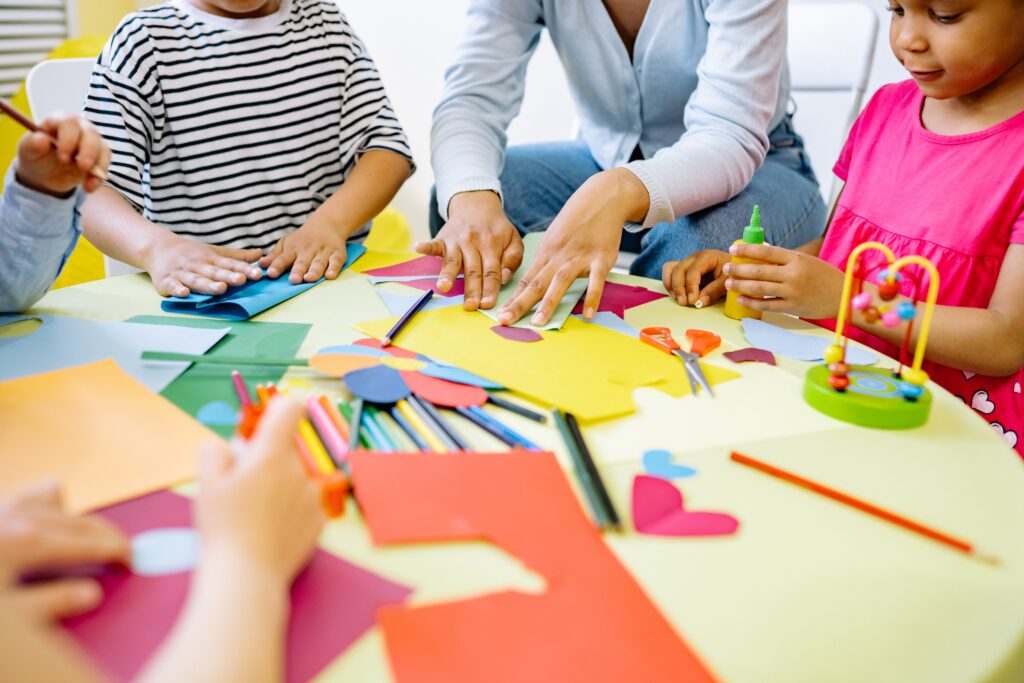In the world of education, one of the greatest challenges educators face is helping students retain and recall information effectively. With the advancement of technology and a deeper understanding of cognitive processes, traditional methods of teaching are being supplemented and even replaced by innovative approaches that harness the power of multi-sensory learning. In this article, we’ll explore how you can transform your teaching strategies from simple visual aids to a multi-sensory experience that significantly enhances your learners’ memorization abilities.
Different Head Sizes Require Different Hats
Before diving into multi-sensory techniques, it’s important to grasp the concept of memorization and the various learning styles that students possess. Just as in the diverse world of education, where students have their unique learning styles—some effortlessly absorb concepts through visuals, others flourish with spoken explanations, some resonate with traditional reading/writing methods, while others find their connection through touch and kinesthetic experiences. Understanding these differences can help tailor your teaching approach.
Visual Learners
Visual learners rely heavily on images, graphs, and diagrams to comprehend information. Incorporating well-designed visual aids into your lessons can greatly aid their memorization and understanding of complex subjects.
Auditory Learners
Auditory learners absorb information best through spoken words and discussions. Engage them with informative lectures, podcasts, or group discussions to enhance their memorization capacity.
Reading/Writing Learners
Although reading/writing learners (or verbal learners) can stick with the traditional teaching style, they can also benefit from other methods to enhance their quality of work. Multisensory approach also opens up more creative space to venture, e.g. bringing their written stories into life with background sounds and various artefacts associated with the plot.
Kinesthetic Learners
Kinesthetic learners require hand-on projects. The more they touch, the better they learn. Thus, tactile experience and physical stimulation, e.g. touching different fabrics or driving tests are all promising.
Want to know more about the main ideas of VARK? Check out Learning Styles Again: VARKing up the right tree! (Fleming & Baume, 2006).
The Power of Multi-sensory Learning
Multi-sensory learning involves stimulating multiple senses simultaneously to create stronger neural connections. This approach goes beyond visuals and audios, engaging touch, smell, and taste as well. By doing so, you’re tapping into a broader spectrum of learning.
Engaging Touch and Movement
Incorporate tactile experiences like interactive models or hands-on activities into your lessons. These actions can create lasting memories, as learners associate physical sensations with the subject matter.
Harnessing Smell and Taste
While unconventional, infusing scents or tastes relevant to the topic can trigger powerful memories. For instance, the aroma of a particular plant during a biology class can create a distinct memory link.
Tap into the mind with the previous blog on “Dual Coding” to leverage learners’ memorisation here.
Practical Strategies for Implementation
Transitioning from traditional teaching to a multi-sensory approach requires careful planning. Here are actionable strategies to help you integrate multi-sensory techniques into your lessons.
Storytelling and Visualization
Craft compelling narratives related to the subject matter. Encourage students to visualise scenes, characters, and scenarios, making the content more memorable and relatable.
Gamification
Turn learning into a game by introducing quizzes, puzzles, and interactive activities. This taps into the competitive spirit and creates a memorable learning experience.
Real-world Experiments
For scientific subjects, conduct hands-on experiments that involve various senses. Associating theories with real-life experiences deepens understanding and retention.
Needed more tactics on how to boost your learners’ memorisation? Check out the Protégé Effect with only a 4-step checklist here.
Frequently Asked Questions
1. How do I know which sensory approach suits my students best?
Observing your students’ engagement and performance can provide insights. Experiment with different methods and gather feedback to identify the most effective approach.
2. Can multi-sensory learning be applied to all subjects?
Yes, multi-sensory learning can be adapted to various subjects. The key is to find creative ways to connect sensory experiences with the subject matter.
3. Are there any age limitations for implementing multi-sensory learning?
Multi-sensory learning can benefit learners of all ages. However, the methods and complexity of sensory engagement might vary based on the age group.
4. What if I have limited resources for implementing tactile experiences?
Even simple actions like touching different textures or using everyday objects creatively can introduce tactile engagement without significant resource requirements.
5. How can I convince traditional stakeholders about the efficacy of multi-sensory methods?
Present data-driven results and case studies showcasing improved learning outcomes. Demonstrating tangible benefits can often persuade sceptics.

